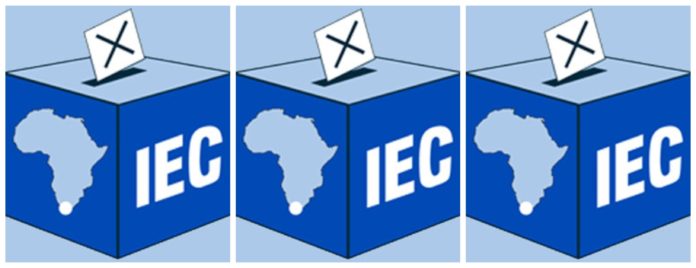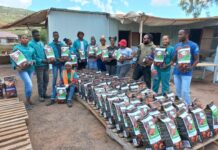November 1 marks the day of the 2021 local government elections. The Electoral Commission of South Africa (IEC) reported that 26.2-million South Africans are registered to vote. Many political parties rely on the Coloured vote in the Western Cape to secure a win. But it has created an albatross figure on Coloured people in this province. It centers the political voices entirely in Cape Town. The Daily Vox took a look at how parties are mobilising the coloured vote outside of the Cape.
Related
Coloured Culture, real or imagined?
Gauteng
The Patriotic Alliance (PA) won two big municipal wards in by-elections earlier this year. These wards were former Democratic Alliance (DA) ones. The PA has four wards in the south of Johannesburg currently. Party leader Gayton Mckenzie has been very vocal about prioritising coloured people.
Eldorado Park is a predominantly coloured township that forms part of the Johannesburg metropolitan municipality. After Nathaniel Julies’ tragic death, the PA made a stand in Eldorado Park. Mckenzie spoke at the funeral and said he was sorry Julies had to die “for the coloured nation to rise”. The PA contends it will prioritise coloured communities, but that it is also a party for all South Africans. It makes sense that the PA would have this disclaimer not to alienate other groups.
But it is very clear that it is centering the coloured vote,and targeting coloured areas. The PA’s campaign has focused on education opportunities, business development, employment and service delivery in coloured areas.
Related
The Namakwa Civic Movement believes the Northern Cape deserves better
The Northern Cape
The Good Party has been campaigning for the hotly-contested City of Cape Town metropolitan municipality. It has made it clear it is courting outside of the Western Cape as well. It is doing most noticeably so in predominantly coloured areas in the Northern Cape. Good party leader Patricia de Lille has asked voters to give her party a chance.
De Lille was campaigning in the Roodepan and Greenpoint areas of Kimberley; Sol Plaatje municipality. They have not explicitly stated they are vying for the coloured votes but these areas are predominantly coloured.
The Good Party also campaigned in Gqeberha, Eastern Cape in predominantly coloured areas.
Related
Graaff-Reinet has ran dry in more ways than one
Eastern Cape
The Northern Alliance is only contesting in the Nelson Mandela Bay metropolitan municipality, Eastern Cape. The party had its origins in community outreach for service delivery issues. Party leader Gary van Niekerk said they are committed to a cleaner metro with zero corruption. The party has also made its goals clear about unseating the DA in the northern areas of the metro. The Northern Areas is currently a DA stronghold.
The Northern Alliance has made it clear they are targeting the coloured areas in the bay. The party has only been campaigning in predominantly coloured areas.
“We will deal with our own issues of recognition; we will do it for ourselves,” said Van Niekerk.
We are a country defined by race and our segregated past. These apartheid-era classifications should have no bearing on our present and future. They are still manifested by the legacy of the old regime. Apartheid spatial planning still separates us by “colour” lines. That won’t change without addressing the systemic issues of poverty and oppression. When it comes to governance, allegiances are still dominated by targeting race groups. But two truths can co-exist. Political parties can campaign targeting specific issues like basic services. At the same time they can target specific cultural groups in South Africa.
The coloured vote is not a myth. It exists because coloured people exist.
Related
Final analysis ahead of Election Day with Paul Berkowitz









